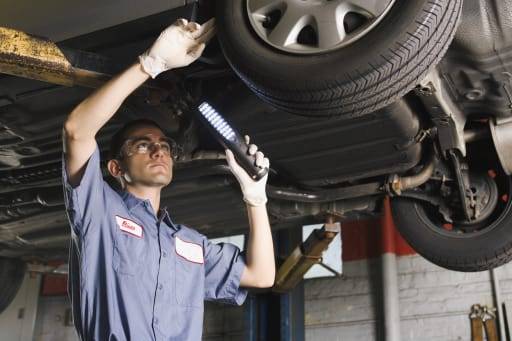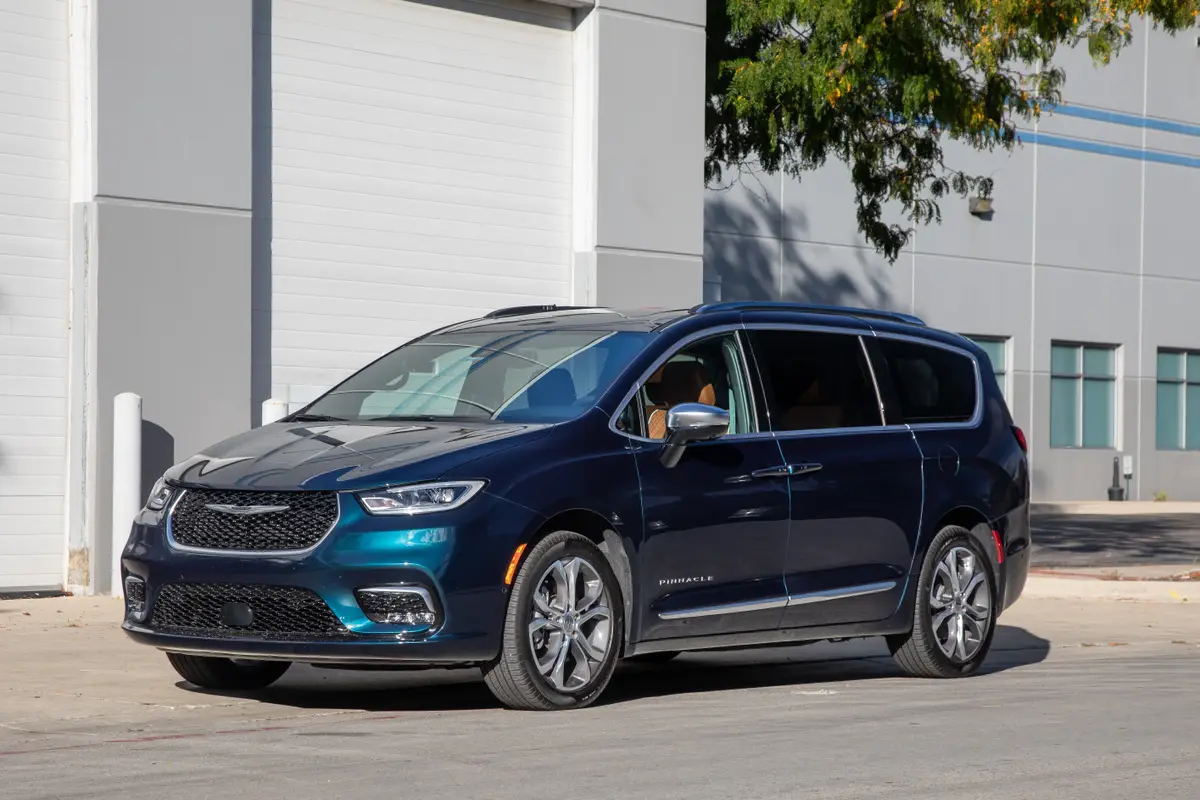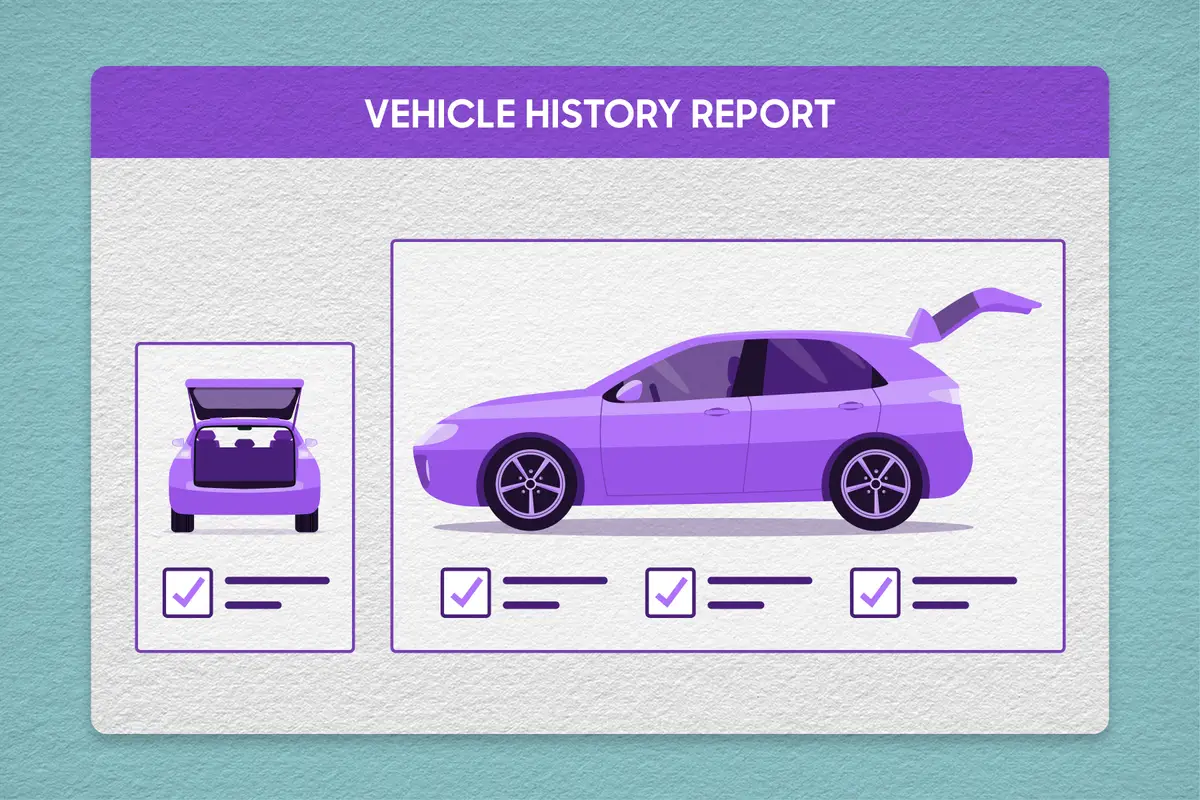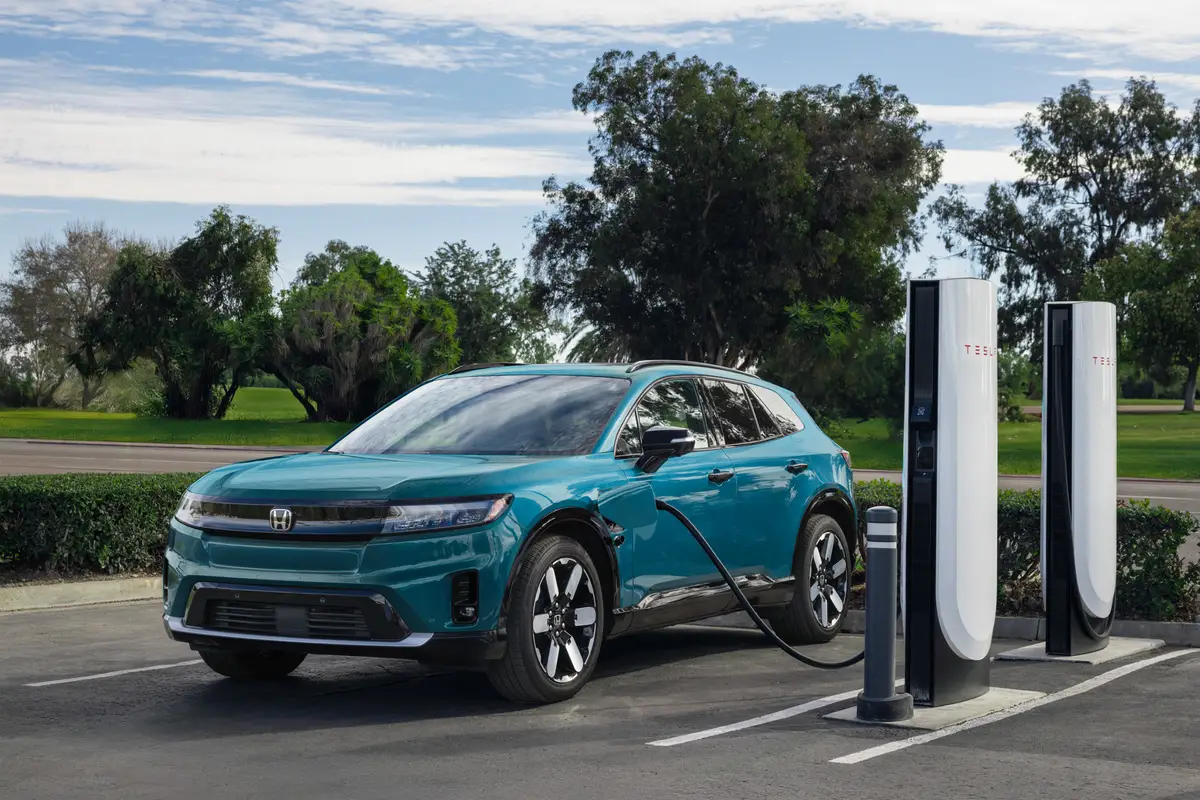Post-Drive Inspection


CARS.COM — With the engine running, pop the hood and go check out the engine. Have any leaks appeared that weren’t there before? If there is something to hide, such as an oil or coolant leak, it might not be hiding after a drive. Don’t just look; listen and smell. Is the engine running smoothly? Do you hear any clattering, which could indicate valve problems? Do you smell any bad odors, such as burning oil or the sweet smell of coolant? How about from the exhaust pipe? Is the exhaust fairly clear and colorless, or is it smoky? Is the smoke bluish (a sign of oil being burned) or dramatically white or steamy (possibly a head gasket problem)?
Related: Questions to Ask a Car Seller
Check under the car again to see if anything is leaking. (Note that if you ran the air conditioning, it may leak water condensation, which is normal and expected.)
Who Owns the Car?
While you have the car in front of you, ask to see the title and compare the vehicle identification number on the title to the one on the car to be sure they’re the same. (The VIN, which is different for every car on the road, is located either at the front of the dashboard along the windshield on the driver’s side, or on the driver’s doorjamb.) You want to be sure the seller really owns the car. If the name on the title differs from the name of the seller, start asking questions.
Call in the Mechanic
If you’re pretty sure you want the car and agree with the seller on a price, stipulate that the sale is contingent upon inspection by a professional mechanic. This shouldn’t be a problem for the seller. If it is, he or she probably has something to hide; inspections can’t harm the car, and if the seller is uncooperative about making it available for an inspection, perhaps the deal was not meant to be.
An inspection is likely to cost from $50 to $100. For the higher price, you should expect a compression check, in which the mechanic removes the spark plugs and tests the compression in each cylinder with a meter. Low compression is a reliable indication of age and significant wear. It can be repaired, but it requires the engine to be rebuilt. Cars with low compression readings aren’t worth your time unless you are a mechanic or collector yourself.
Even if you do all the right things and have your prospective car(s) inspected by a pro, something can go wrong right after you buy it — something for which you will have to pay. That’s why you owe it to yourself to detect all apparent problems, even if it costs $100 — possibly more than once. Do the math: If a mechanic charges you $75 and rejects three cars you wanted to buy, for sound reasons, you still haven’t paid as much as you might for the single average trip to the service station.

Former Executive Editor Joe Wiesenfelder, a Cars.com launch veteran, led the car evaluation effort. He owns a 1984 Mercedes 300D and a 2002 Mazda Miata SE.
Featured stories




